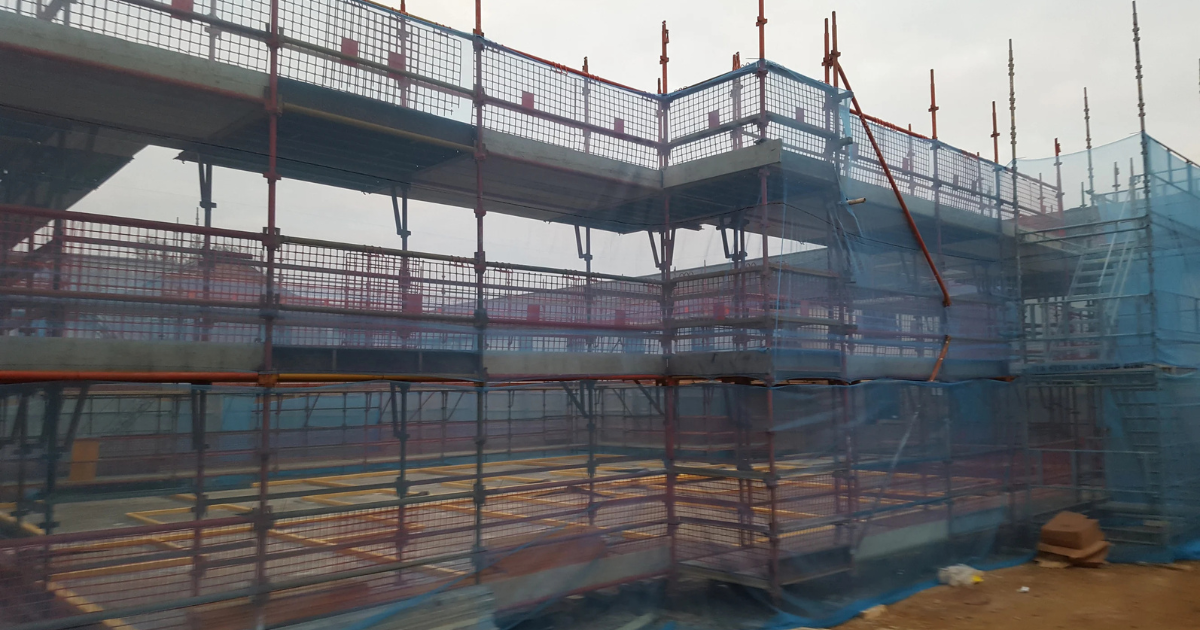Scaffolding plays a crucial role in construction and maintenance projects, providing the necessary support and safety for workers operating at heights. However, the design and implementation of scaffolding require careful planning, expertise, and adherence to safety regulations. This article explores the key individuals and entities responsible for designing scaffolds, the roles they play, and the regulations that guide their work.
Understanding Scaffolding
Scaffolding refers to a temporary structure used to support a work crew and materials during the construction or repair of buildings and other large structures. It is essential for providing safe access to elevated areas, enabling workers to perform tasks such as painting, electrical work, or installation of roofing materials.
Key Responsibilities in Scaffold Design
The responsibility for designing a scaffold typically falls to several professionals, including:
1. Scaffold Designers
Scaffold designers are specialized engineers or architects trained in creating scaffold systems that meet safety standards and structural integrity. Their primary responsibilities include:
- Load Assessment: Evaluating the loads that the scaffold will need to support, including workers, materials, and equipment.
- Structural Calculations: Performing calculations to ensure the scaffold can safely bear the intended loads and withstand environmental conditions, such as wind or seismic activity.
- Material Selection: Choosing appropriate materials for the scaffold, considering factors such as weight, strength, and durability.
- Compliance with Regulations: Ensuring that the design adheres to local, national, and international safety standards, such as OSHA regulations in the United States.
2. Project Managers and Supervisors
Project managers and site supervisors oversee the overall construction project, including the scaffolding aspect. Their responsibilities include:
- Coordinating with Designers: Working closely with scaffold designers to ensure that the scaffold design aligns with project timelines and requirements.
- Site Assessments: Conducting assessments of the worksite to determine the best scaffold type and configuration based on specific job conditions.
- Safety Protocols: Implementing safety protocols and ensuring that workers are trained in proper scaffold use.
3. Construction Workers
While construction workers are not directly responsible for designing scaffolds, they play a vital role in the safe assembly and use of scaffolding systems. Their responsibilities include:
- Following Instructions: Adhering to the scaffold design specifications and instructions provided by the scaffold designer.
- Conducting Inspections: Performing regular checks of the scaffold structure for signs of wear, instability, or damage, and reporting any issues.
4. Regulatory Bodies
Regulatory bodies establish the frameworks and guidelines that scaffold designers must follow. These organizations include:
- Occupational Safety and Health Administration (OSHA): In the U.S., OSHA sets safety standards that all scaffolding designs must comply with, including load limits and safety measures.
- Local Building Authorities: Local governments may have additional regulations regarding scaffold design and installation, which must be adhered to for compliance and safety.

Leave a Reply